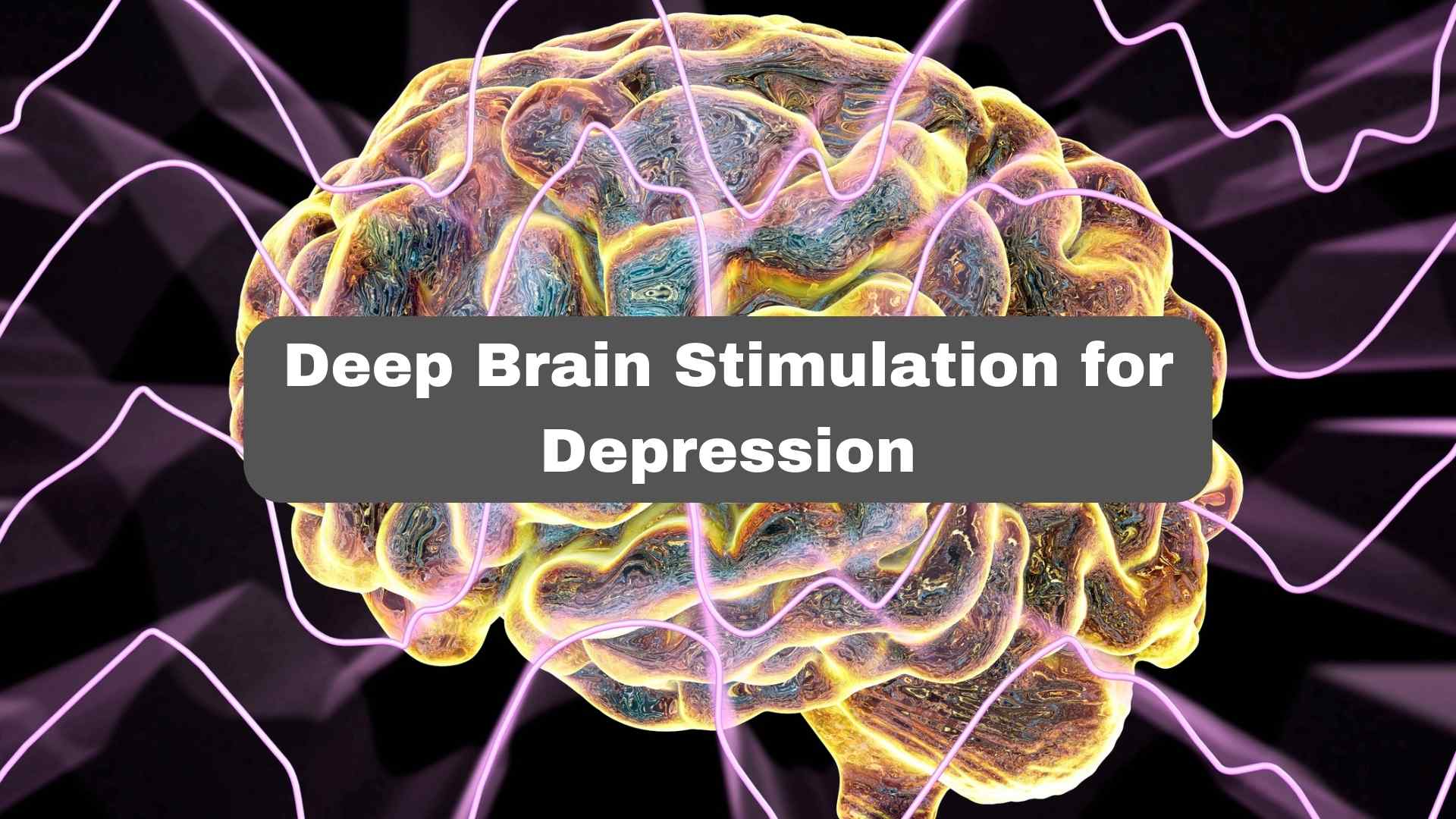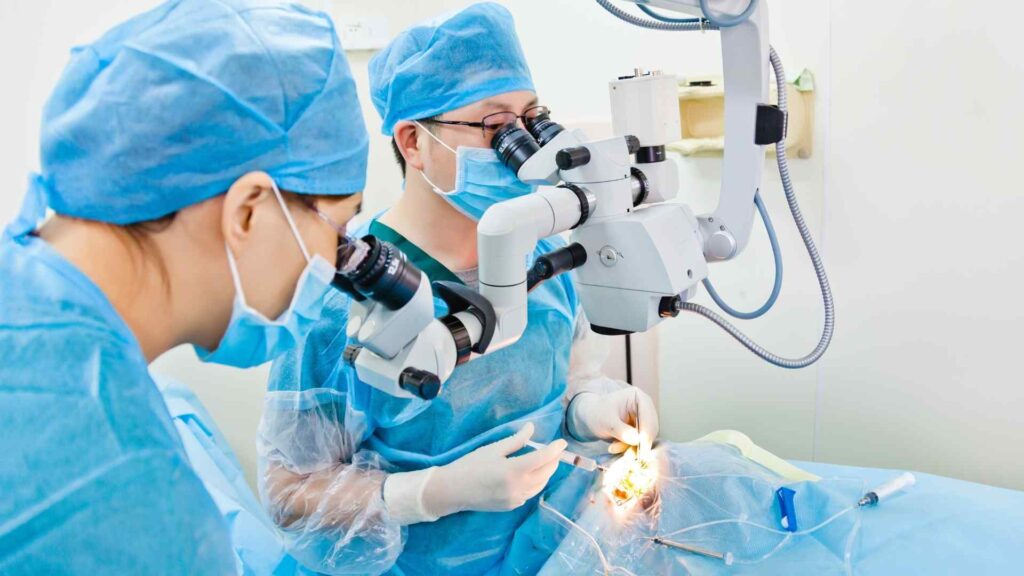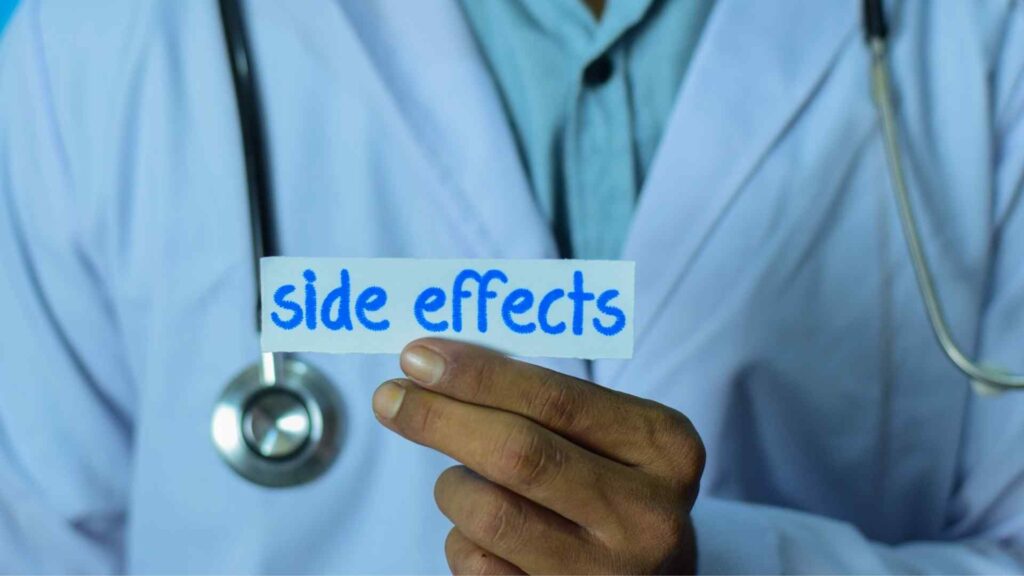
Depression isn’t just feeling down for a day or two—it’s a heavy weight that can take over your life, making even the simplest things feel impossible. Millions of people deal with this every day, and while therapy and medication help a lot of them, some people still don’t get the relief they need. That’s where alternative treatments, like deep brain stimulation (DBS), come into the picture.
DBS might sound a little sci-fi at first, but it’s actually a pretty fascinating approach. It was originally used to treat conditions like Parkinson’s, but researchers realized it could also help people with severe, treatment-resistant depression. By sending small electrical signals to specific parts of the brain, DBS can help reset the way the brain works and ease those overwhelming symptoms.
How Does Deep Brain Stimulation Work for Depression?
Deep brain stimulation (DBS) is an innovative treatment that uses carefully controlled electrical impulses to target specific areas of the brain involved in mood and emotional regulation. It’s a bit like installing a high-tech pacemaker for your brain. The process starts with a surgical procedure where tiny electrodes are implanted in precise regions of the brain. These electrodes are connected to a small battery-operated device, typically placed under the skin near the chest or abdomen, which generates the electrical signals.
The idea behind DBS is to help “recalibrate” brain activity in areas linked to depression. In people with severe depression, certain brain circuits may be overactive or underactive, contributing to persistent symptoms. The electrical impulses from DBS act as gentle reminders for these areas, encouraging them to function more normally. What’s truly remarkable is that the system can be fine-tuned over time, allowing doctors to adjust the frequency, intensity, and duration of the stimulation to suit each patient’s unique needs.
While DBS might sound complex, it’s a highly targeted treatment designed to minimize impact on the rest of the brain while focusing solely on areas tied to depression. For those who haven’t found success with medications or therapy, this tailored approach offers a new way to tackle the condition head-on.
Clinical Trials and Research
Clinical trials have played a crucial role in understanding how deep brain stimulation (DBS) can be used to treat severe depression. These trials are designed to explore the safety, effectiveness, and long-term outcomes of DBS for individuals who haven’t found relief through traditional treatments like therapy or medication. Over the years, research has highlighted promising results, offering hope to patients and shaping the future of mental health care. Here a 3 promising studies we found:
1. A Study on the Subcallosal Cingulate Gyrus (Puigdemont et al., 2011)
This trial involved eight people with severe depression who hadn’t responded to other treatments. Tiny electrodes were placed in a specific part of their brain called the subcallosal cingulate gyrus, and their progress was tracked for a year.
- What happened right after surgery? Within the first week, most patients (87.5%) felt noticeably better, and half of them no longer showed symptoms of severe depression.
- What about long-term results? After a year, 62.5% of the patients were still responding well to the treatment, and 50% were essentially free of their depression symptoms.
- Side effects? None of the patients reported major problems or discomfort from the procedure.
This study showed that DBS can work not just for a quick fix but also for lasting improvements in depression.

2. A Study Combining Depression and Bipolar Patients (Holtzheimer et al., 2012)
This trial included 17 people with either major depressive disorder (MDD) or bipolar II disorder (BP). They had electrodes implanted in the subcallosal cingulate, and their progress was followed for up to two years.
- What were the results? By the two-year mark, more than half (58%) of the participants were in remission, meaning their depression symptoms had almost completely disappeared. Nearly all of them (92%) experienced significant improvement.
- Was it safe? Yes, the treatment was safe, and even for bipolar patients, there were no signs of manic episodes, which is often a concern with other treatments.
- What stood out? Those who got better didn’t relapse—they stayed better throughout the study.
This study proved that DBS works for both severe depression and bipolar-related depression and that the results can last.
3. A Multicenter Study Testing DBS Across Different Clinics (Lozano et al., 2012)
This study involved 21 patients and was conducted at multiple centers to see if DBS results could be consistent across different clinics.
- How did patients respond? At the one-year mark, around 29% of patients were still doing well with the treatment. However, when researchers adjusted their measurements to include people with slightly less dramatic improvements, the success rate jumped to 62%.
- What’s important here? It showed that DBS doesn’t just work in one specialized clinic—it can be effective at multiple centers with different teams of doctors.
This study proved that DBS could become a widely available treatment, not just something experimental.
Current Research Trends
Right now, researchers are finding ways to make DBS even more precise and personalized. They’re looking into how to adjust the settings for each individual’s brain and exploring new areas of the brain that might be good targets for treatment.
Costs Associated with DBS for Depression
The cost of deep brain stimulation (DBS) for depression can be significant. On average, the procedure ranges from $25,000 to $50,000. This amount typically includes the surgery, the DBS device, and follow-up appointments. However, the final cost can vary depending on several factors.
Location plays a big role. Costs tend to be higher in countries with advanced healthcare systems or in metropolitan areas. The choice of hospital or clinic also matters, as specialized facilities often charge more for their expertise and advanced equipment.
Insurance coverage can greatly impact how much a patient pays out of pocket. Some insurance plans cover a portion of the costs, especially if DBS is deemed medically necessary. However, not all providers include this treatment in their policies.
Additional expenses, like follow-up visits and adjustments to the device, can also add to the overall cost. Patients should factor these into their budget when considering DBS as a treatment option.
Side Effects of Deep Brain Stimulation
Deep brain stimulation (DBS) is considered a safe and well-tolerated treatment for many patients, but like any medical procedure, it can come with side effects. Some of the more common issues include headaches, temporary changes in mood, or mild discomfort near the area where the device is implanted. Patients might also experience dizziness, difficulty sleeping, or slight changes in speech as their brain adjusts to the stimulation.
There are also less common but more serious risks. These include infections at the surgical site, movement of the electrodes, or complications related to the brain surgery itself. While rare, these issues highlight the importance of working with an experienced medical team. Adjustments to the DBS settings can sometimes cause unwanted sensations or muscle twitches, which are usually corrected during follow-up appointments.

Managing side effects often involves regular check-ins with healthcare providers. These visits allow doctors to fine-tune the stimulation levels, ensuring that patients receive the most benefit with minimal discomfort. Proper aftercare, including keeping the surgical site clean and monitoring for unusual symptoms, can also reduce the likelihood of complications.
For patients considering DBS, understanding these potential risks is important. While most side effects are temporary or manageable, staying informed and maintaining close communication with the medical team can make the process smoother.
Is DBS the Right Choice for You?
Deciding whether deep brain stimulation (DBS) is the right treatment for you requires careful thought. While DBS has shown promising results for treatment-resistant depression, it’s a serious medical procedure and is generally considered only after other treatments have failed.
DBS is often recommended for individuals who haven’t responded to multiple other therapies, including medications and psychotherapy. If your depression has been severe, long-lasting, and resistant to these options, DBS might be worth discussing with your doctor. Candidates for DBS should also be in good physical health to undergo brain surgery and the required follow-up care.
Alternatives to DBS
Before committing to DBS, it’s important to consider non-invasive brain stimulation therapies. Transcranial Direct Current Stimulation (tDCS) and Transcranial Alternating Current Stimulation (tACS) are two less invasive options that involve using low electrical currents to stimulate the brain. These therapies are painless, easy to administer, and can be effective for some people with depression.
Another option is Transcranial Magnetic Stimulation (TMS), which uses magnetic fields to stimulate specific brain regions involved in mood regulation. TMS has been extensively studied and is often recommended before DBS because it’s non-invasive and has fewer risks.
If you’re curious about how these alternatives work, we’ve created detailed guides on tDCS, tACS, and TMS. These articles break down each method, helping you decide if one might be a better fit for you.
Ultimately, the decision to pursue DBS should involve open conversations with your healthcare provider. They can help you evaluate the risks and benefits, as well as explore every possible alternative to find the right treatment for you.
Conclusion
Deep brain stimulation (DBS) represents a groundbreaking option for individuals with treatment-resistant depression. While it’s not the first treatment doctors recommend, its ability to target specific areas of the brain offers hope for those who haven’t found relief through therapy, medication, or non-invasive methods.
However, DBS isn’t a one-size-fits-all solution. It requires a significant commitment, from the surgical procedure to regular follow-up appointments, and it’s essential to weigh the potential benefits against the risks and costs. For some, the results can be life-changing, with a significant reduction in depressive symptoms and an improved quality of life.
Whether you pursue DBS or another therapy, the goal is the same: to find a path to recovery that works for you.
